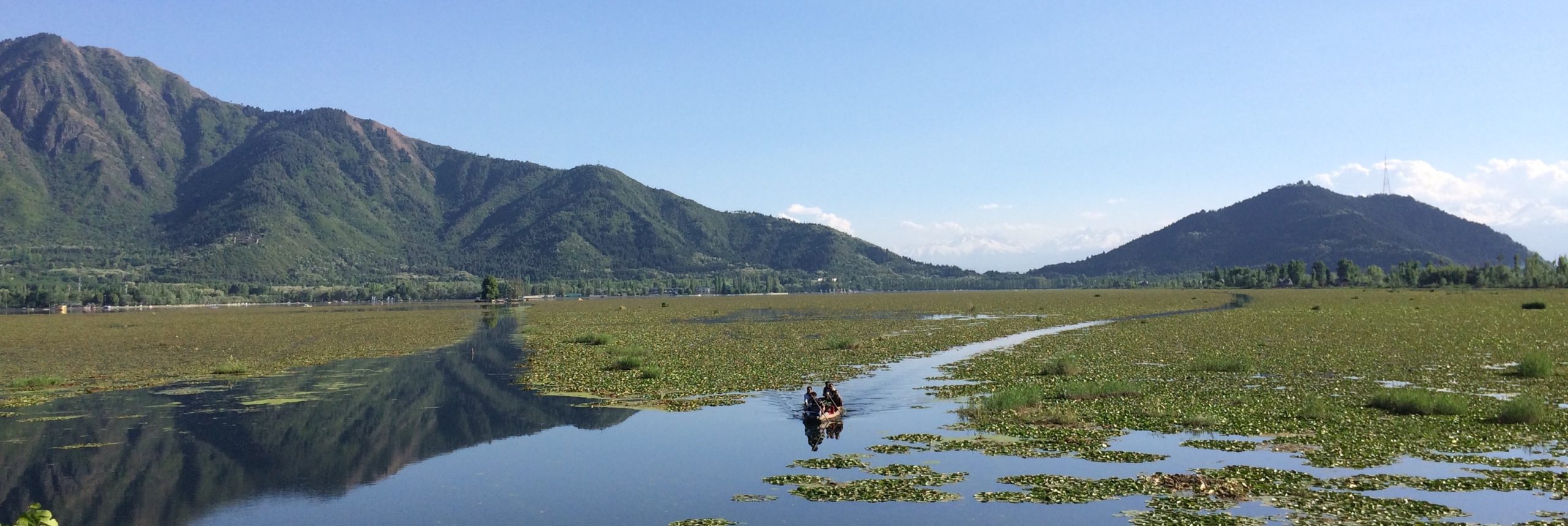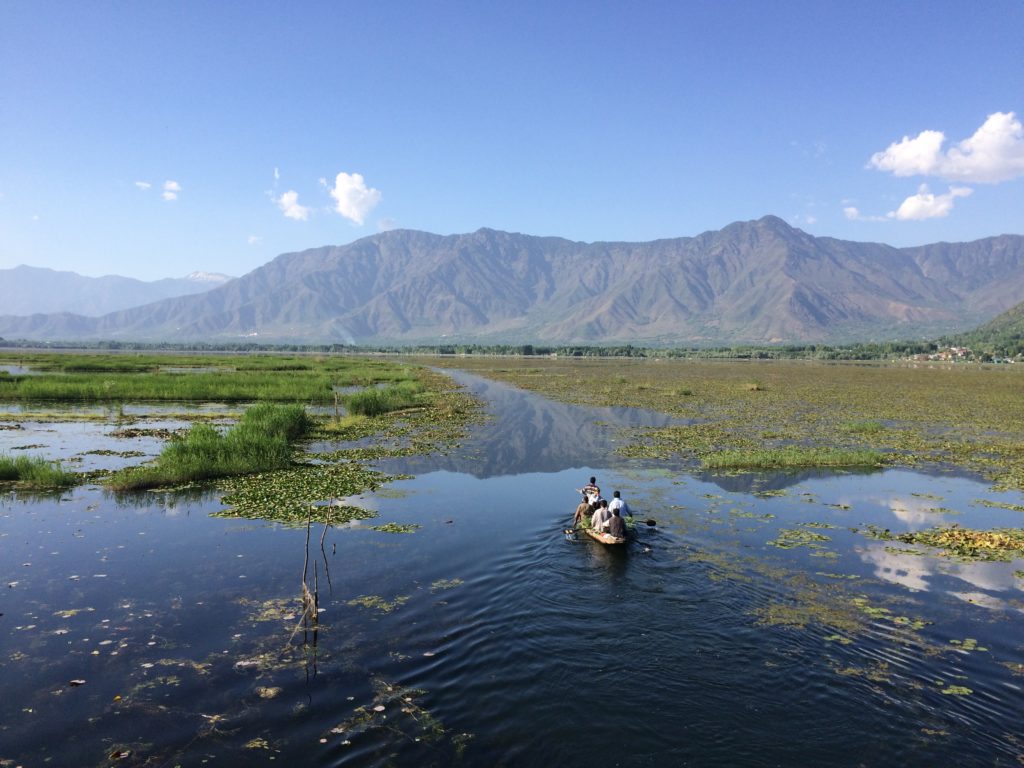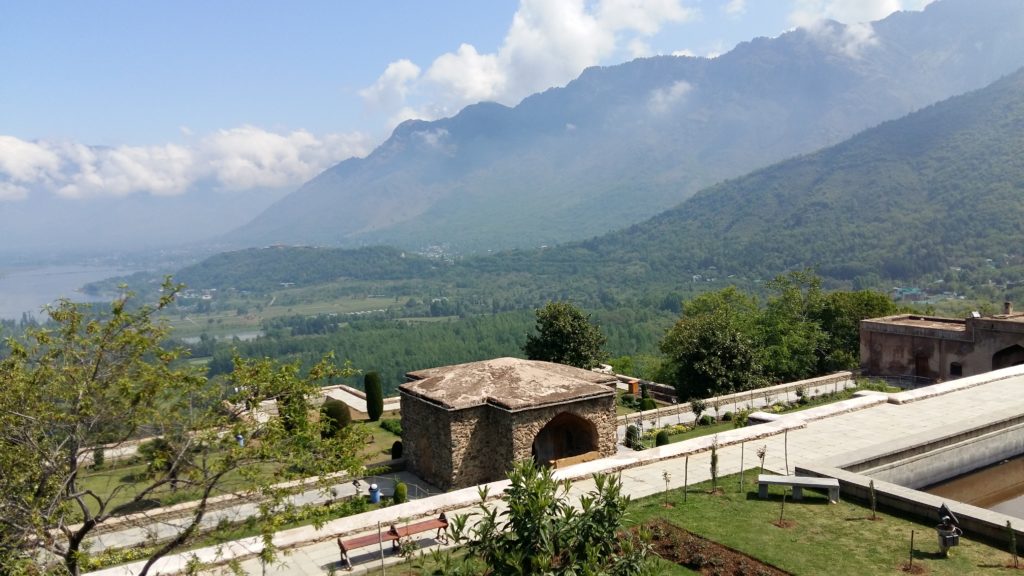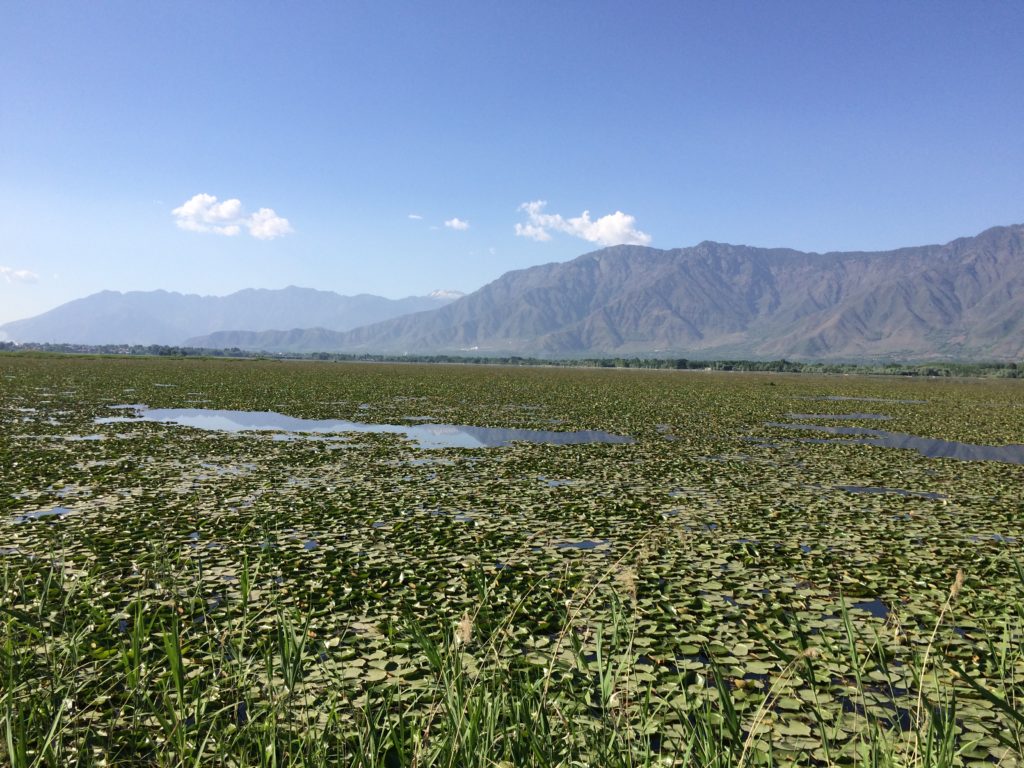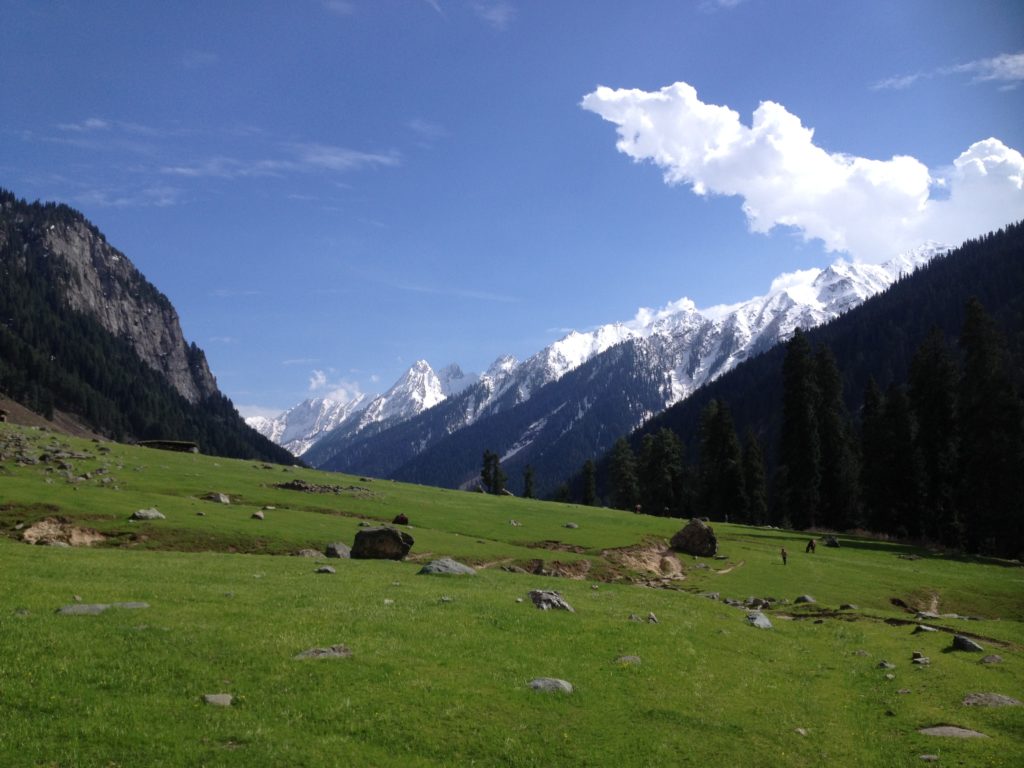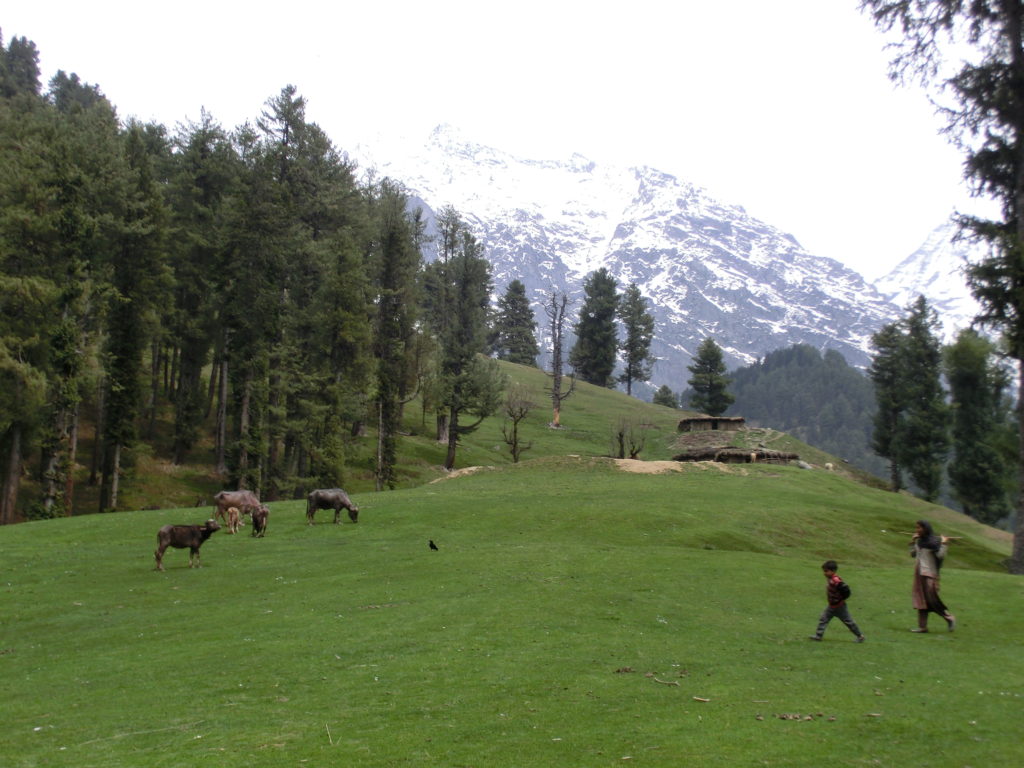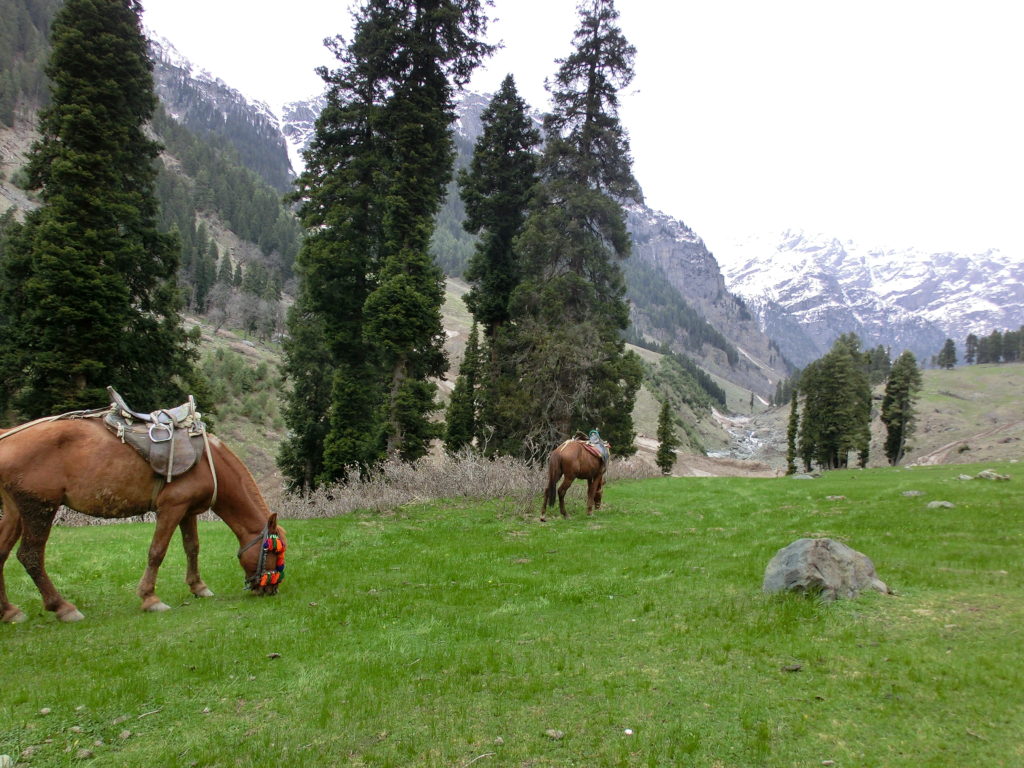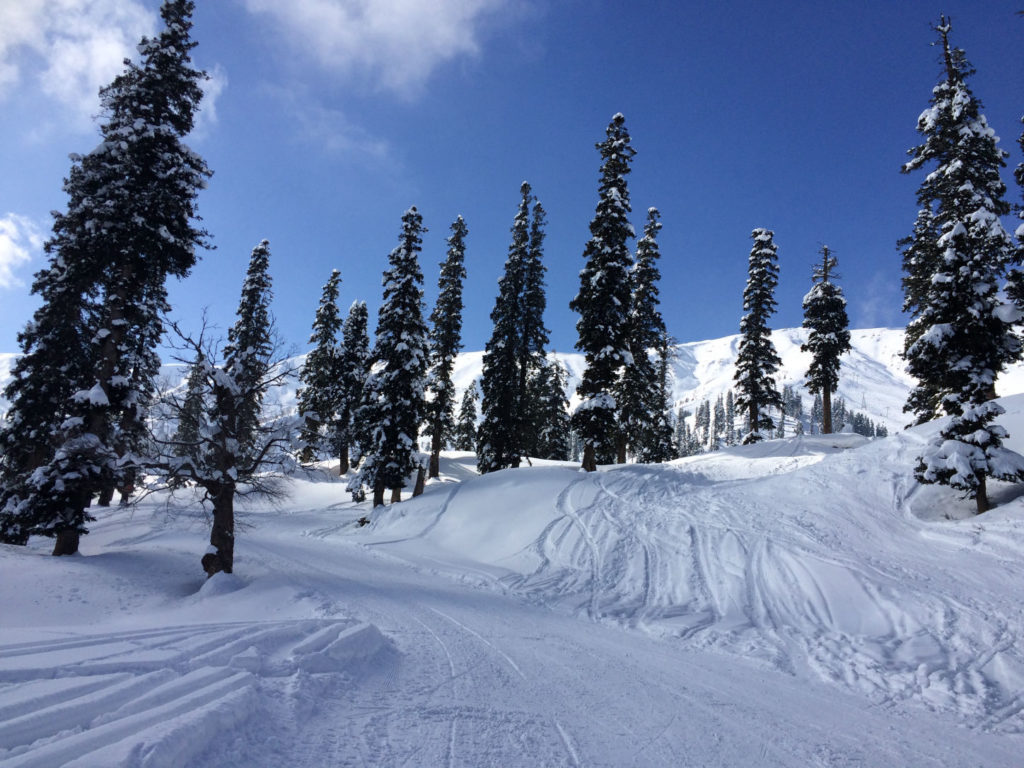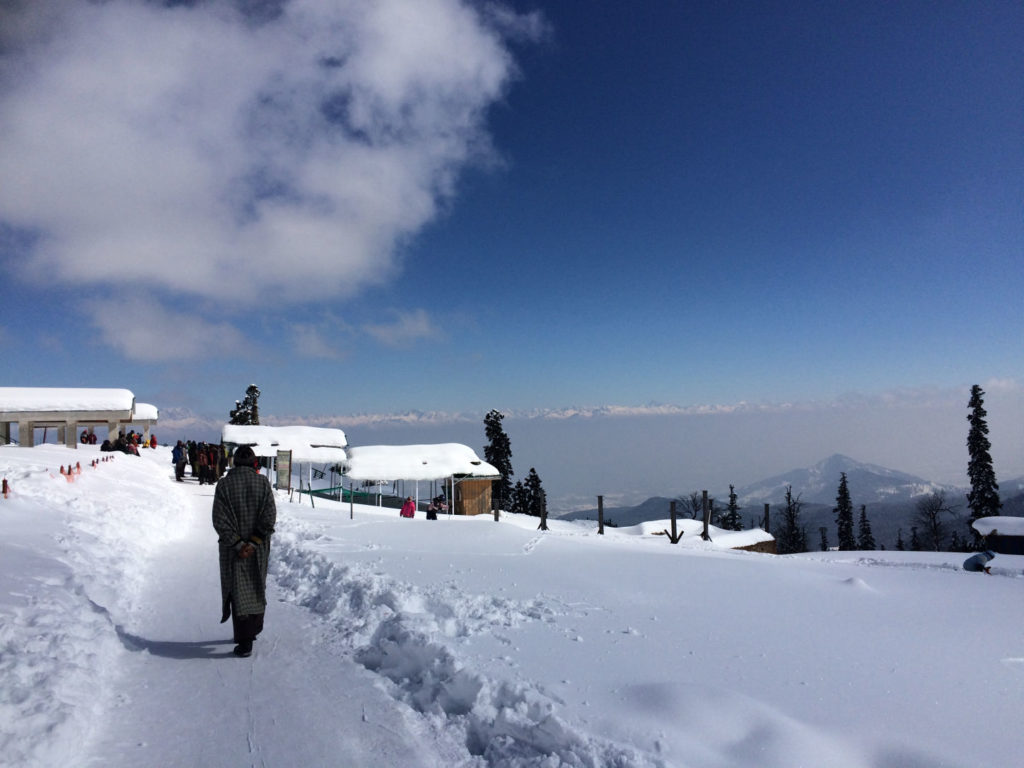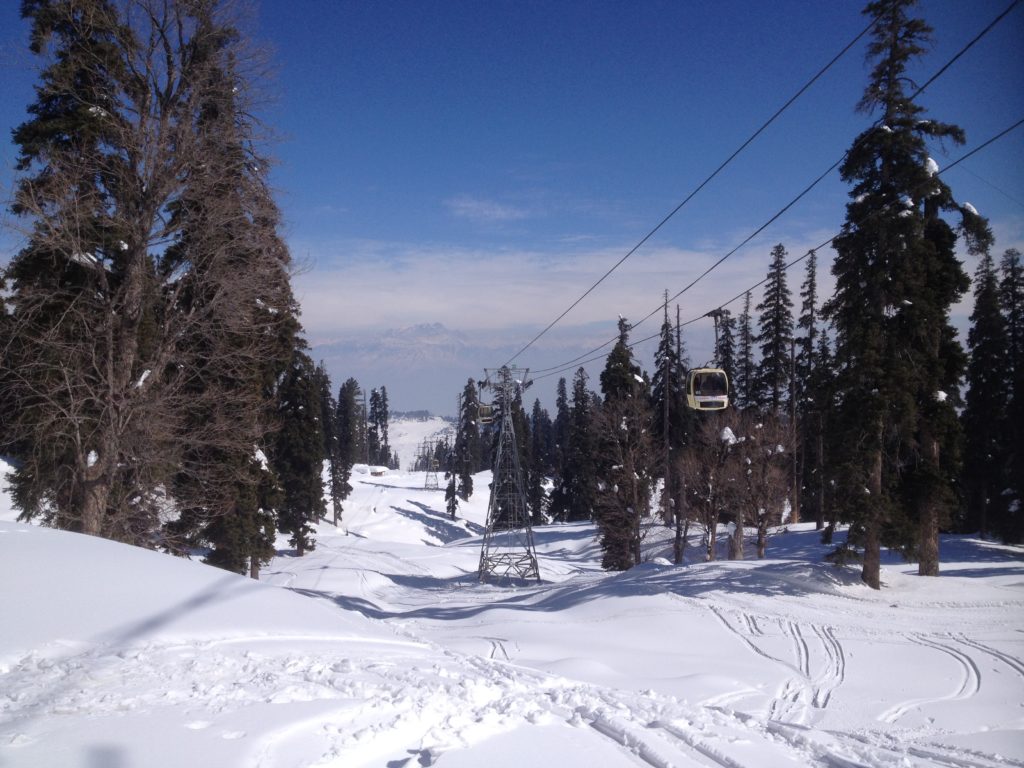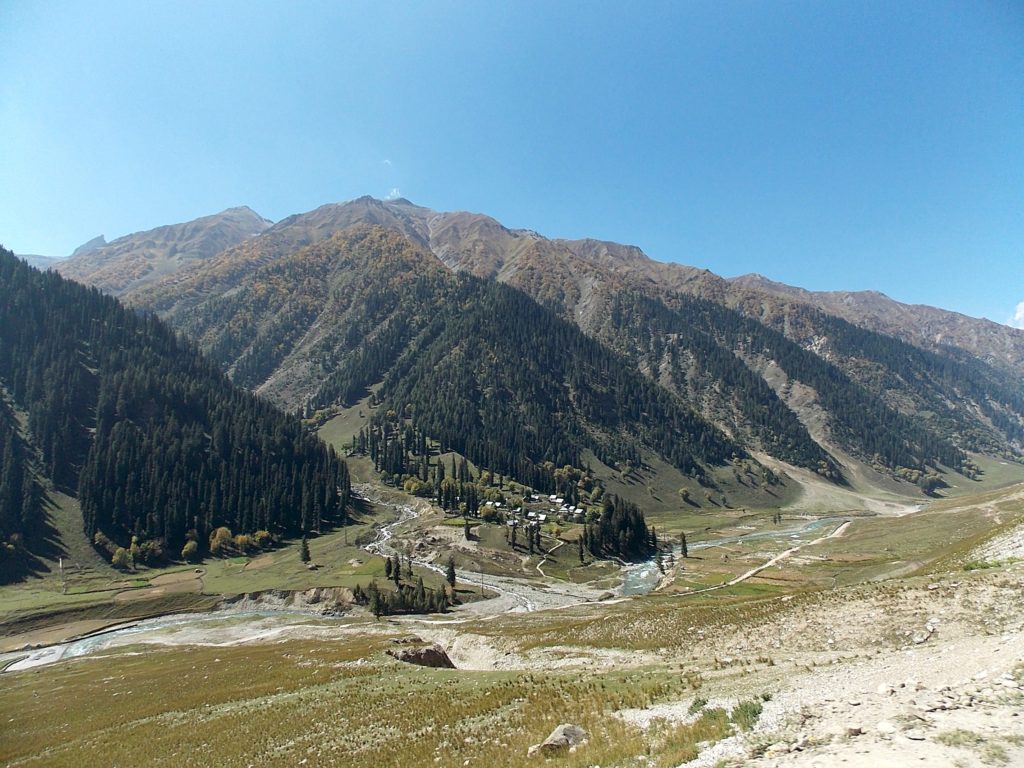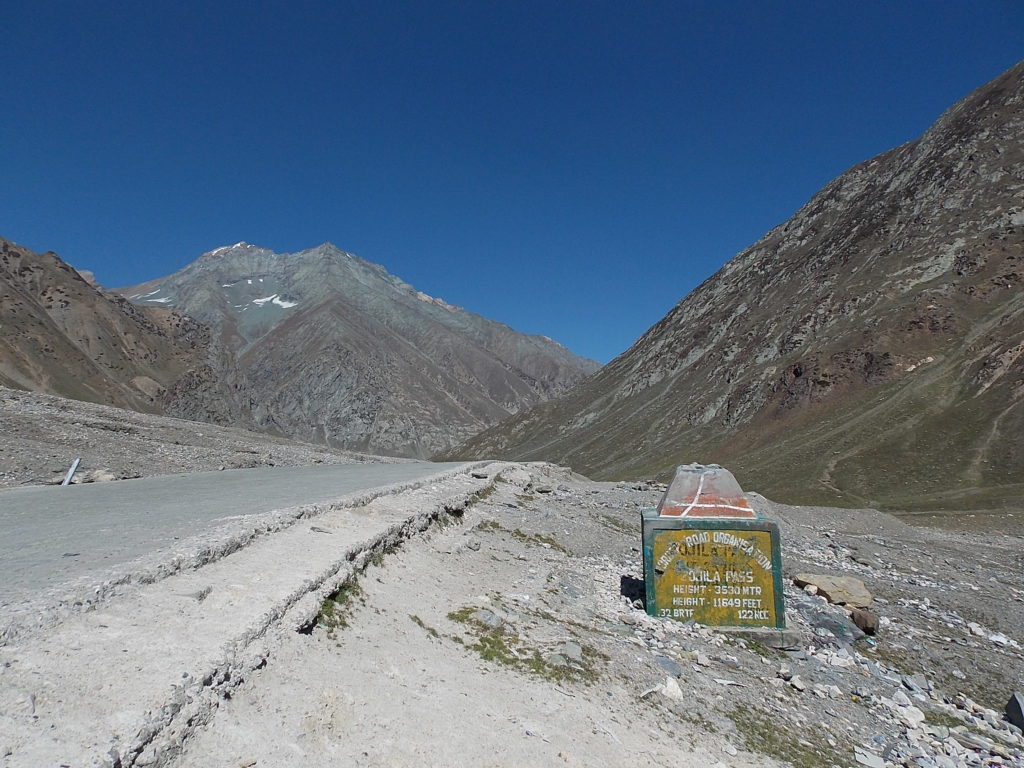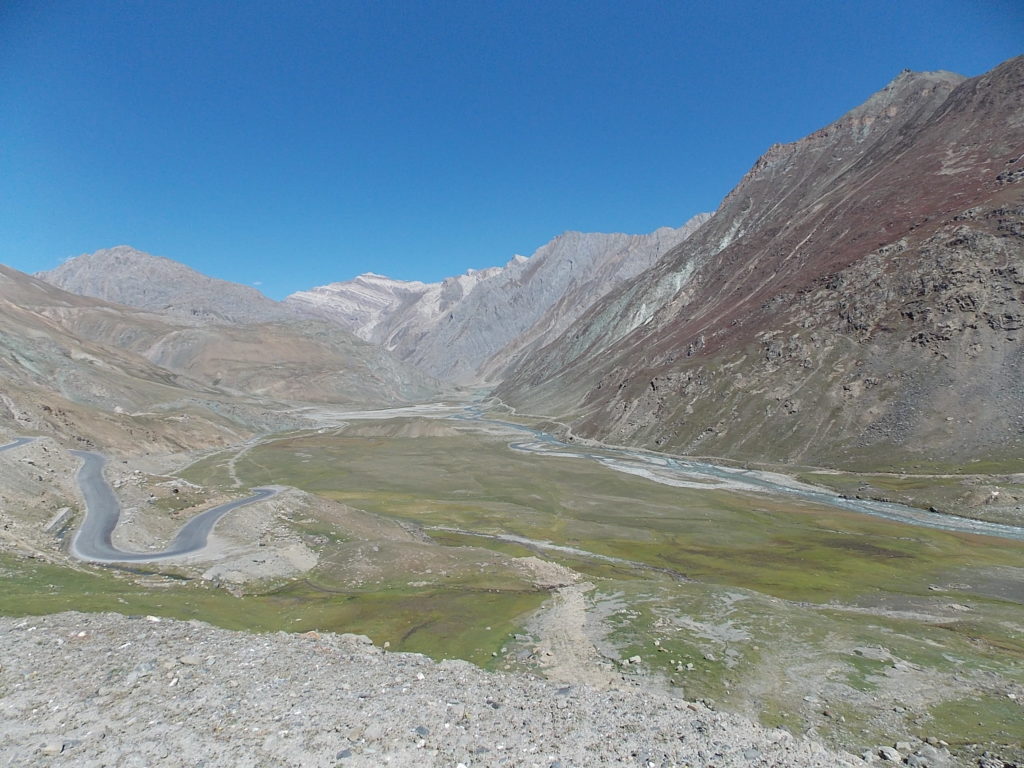Kashmir has a long history of being admired for the beauty of its landscapes. It has been described both as “Switzerland of the East” and as “Paradise on Earth”. In the past, Moghul emperors enjoyed it and built several gardens around Srinagar that are still a sight today. In the past century, up until the beginnings of insurgency in the early nineties, it was a popular destination for tourists from Europe and other Western countries. With the situation becoming calmer in the past ten years, it has become one of the top tourist destinations for people from all over India, especially in the spring and summer time, where it offers not only mesmerizing landscapes, but also very agreeable temperatures.
Historically, the religious beliefs of Kashmir were strikingly varied. In the 3rd century BC it turned from a Hindu kingdom into a renowned center of Buddhism, before turning towards Islam in the 13th/14th century, mainly through Sufi mystics coming to the valley.
Kashmir has a rich cultural heritage, which is visible in its tradition of different handicrafts, such as paper maché, wood arts, fabrics made of cashmere or pashmina wool, and carpets. The local cuisine is especially known for offering the famous “Kashmiri Wazwan”, a variety of aromatic, mainly meat-based dishes. A must have drink is the so called “Kahwa”, a sweet tea with saffron and almonds, or “Noon Chai”, a salty, milky, green tea.
Depending on the season in which you are visiting Kashmir, you will be able to see the blossoms of the famous saffron, countless apple trees, almond trees and, last but not least, the traditional walnut trees. The rapeseed fields in the Valley are very colorful during April, the rice fields at harvest season in October.

